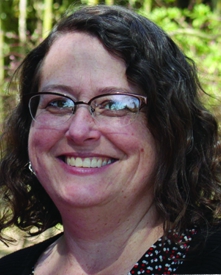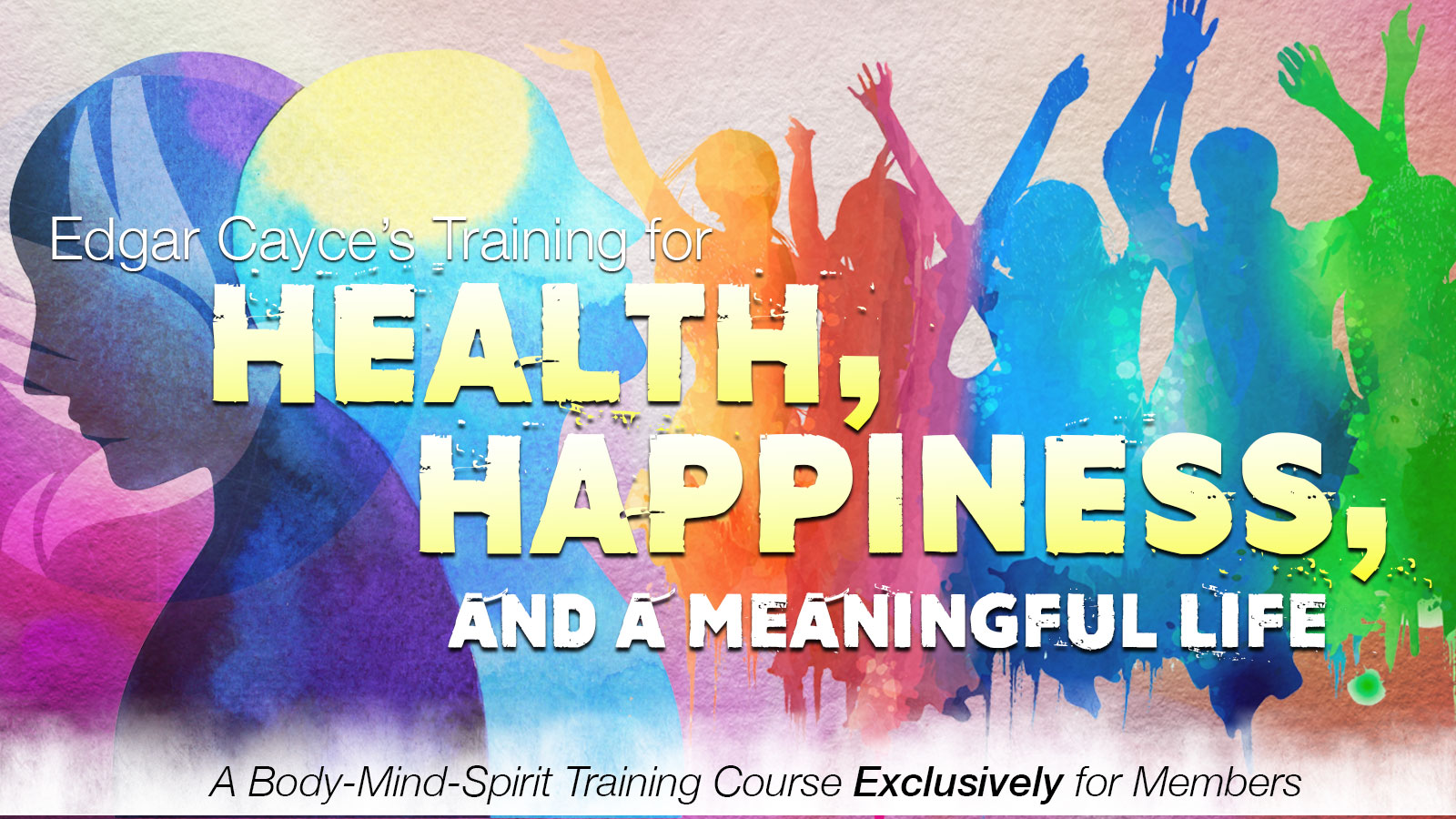For those of us who still dare to follow the news, the daily stories and images that bombard us send the message that we, as a society, are as divided as never before. The headlines proclaim that we must prepare for the reality that the “us versus them” mentality that permeates everything from politics to social media is here to stay. We are told that we are doomed to a new normal of incivility and non-inclusiveness. For many of us, it has become a personal crisis of faith.
Yet we have lessons from our own history that might help. Edgar Cayce himself had to watch his lifelong dream slowly dissolve. In February of 1931, The Association of National Investigators had disbanded and closed the doors of both the healing hospital and Atlantic University. By June, a typed letter from one of his biggest supporters, Morton Blumenthal, who had provided the Cayce family with a home on 35th Street, was sent to the Cayce family asking, “to kindly vacate the premises.” Later, Cayce wrote to a friend, “I look back over the turmoil and tribulations, the disappointment and periods of despair…I tried to take stock of myself and the work…I wondered ‘Am I all wrong?’”
Instead of giving up, Cayce began a series of readings for a small group of people who asked “to be guided…as to how to best be a channel in presenting to the world the truth and light needed.” (Edgar Cayce reading 262-1) The first Study Group began as a hodge-podge of individuals who had nothing more in common than an interest in Cayce and his “readings.” Varied in everything from age, religion, marital, social, and economic status, each one came with different personal and professional backgrounds and experiences. How did a married, protestant, retired teacher; a single, Catholic, naval officer; and a widowed, Spiritualist, housewife find common ground?
From the beginning, the group was tasked to focus on their own individual growth and experiences. When in doubt, each was asked to venture inward and not place blame outward. When divergent opinions occurred, as they do almost anytime two or more people are gathered together, the instructions were always to “maximize the virtues and minimizing the faults.”
MAGNIFY the virtues, magnify the good, minimizing the faults. Not that good and bad do not exist. Each exits relatively in relationships to the awareness of the individual. Be aware of the good, see and hunt for, search out that which is good in each soul; thus magnifying that, the faults become less and less…
– Edgar Cayce reading 2620-2
Although it took several years, Edgar Cayce emerged from this bleak time with a community that became the building blocks for the Association of Research and Enlightenment. This group of diverse men and women surrounded and supported both the man and the “Work” and continue to be the inspiration today for building community step by step – group by group.
Today, we are called to broaden our horizons and perspective on community. It expands beyond our home, our church, our work, or our Study Group. The Latin root of the word means to share in common. According to the Edgar Cayce readings, we are all spiritual beings, living a physical experience. In that case, our community includes every person on the planet! Everyone we meet is part of our community. Of course, this concept seems overwhelming to apply on a daily basis. Broken down into smaller increments, each of us can accomplish building community with even the smallest of gestures – a smile, a kind word, a prayer.
Reaching out to others may be uncomfortable for many of us. The original Study Group members were also asked repeatedly to reach beyond their comfort zones. Can you imagine being asked to meditate in the 1930s? That word was not in the lexicon of the upper elite in big cities much less the small towns in what was then known as Tidewater Virginia. But there is hope… as the Cayce readings said:
As in experienced in materiality, one may never stand still. For, there is continuous growth, continuous passing of opportunities – for good, for bad. Only good lives on. Bad disintegrates, for it is not of the eternal – but has been and is the application of that which is temporal in materiality.
- Edgar Cayce reading 2650-1
This blog is Lesson 6 of our 2018 Enlightenment Series. Members can access all of the available material, which also includes an online video and downloadable monthly practice with homework, in the member-only section of our website at EdgarCayce.org/members. Not a member? Join now.







